Archaeological evidence indicates that deliberate burning of forests and fields has been occurring on the North American continent for at least the past 10,000 to 20,000 years. In 1603, Samuel de Champlain took Jerusalem artichokes that he found in Indian gardens back to France where it soon became a staple food there. The cultivation and storage of important food plants had long been practiced before Euro-Americans tried to teach the Native Americans about agriculture.
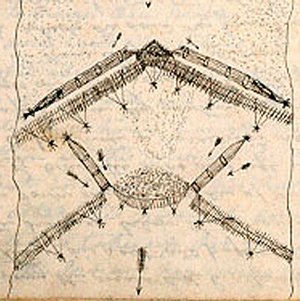

Clark visits a Shoshone camp on the west bank of the Lemhi River near today’s Salmon City, where he and his men are fed on “Sammon boiled, and dried Choke Cher[rie]s,” and taken on a sight-seeing trip to the nearby permanent fishing weirs.
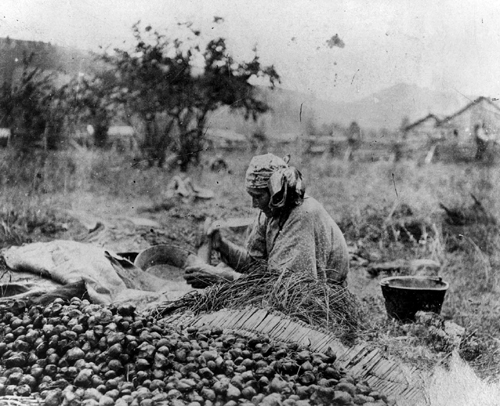

Ethnobotonists and anthropologists describe the cultivation and storage of important food plants as complex systems capable of sustaining dependable annual supplies for large populations. The Nez Perce system for camas is a good example.
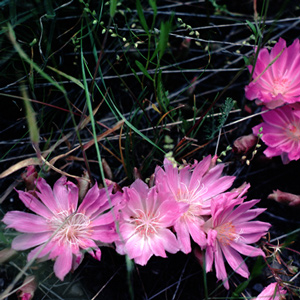

Flathead Salish, Kutenai, Shoshoni, and Nez Perce people all regard the bitterroot with solemn reverence. No other root may be harvested until the elder women of the tribe have conducted the annual First Roots ceremony.
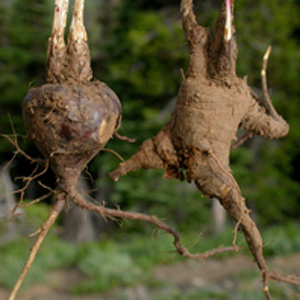

William Clark first mentioned the root cous on 1 November 1805, saying that native people living near the future Bonneville Dam site traded beads to obtain it from people up the Columbia River. To Clark, it was “cha-pel-el bread.”
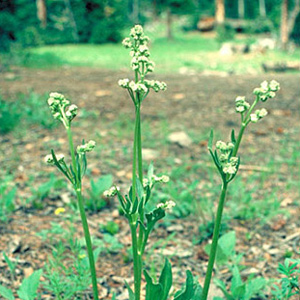

One of the roots obtained by George Drouillard on 21 August 1805 may have been a species of valerian (vuh-LEHR-ee-an), such as Valeriana edulis (vuh-leh-ree-AYE-nuh ed-YOU-lis), or edible valerian.
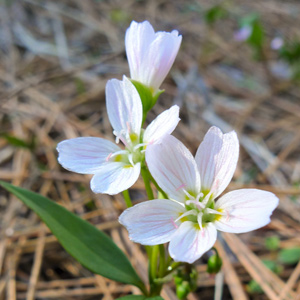

On 25 June 1806, on the branch of Hungery Creek where they “nooned it,” Sacagawea brought the captains “a parcel of roots” that Lewis immediately recognized as the kind Drouillard had given him ten months earlier.
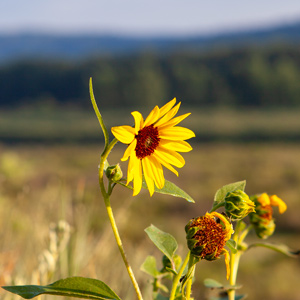

The common sunflower as a staple food among the Mandans and Lemhi Shoshones did not escape the attention of the journalists. Includes two traditional Hidatsa recipes.
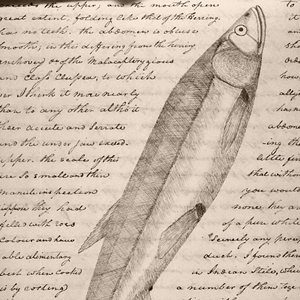
On 24 February 1806, Meriwether Lewis recorded that the Clatsop Indian chief, Coboway, came to the fort to sell some hats, some sturgeon, and “a species of small fish which now begin to run, and are taken in great quantities.”
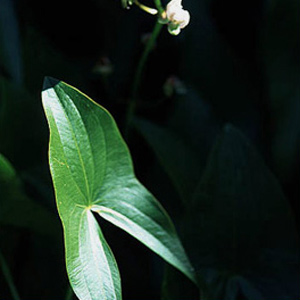

If this plant was what Sacagawea was referring to when she told Clark she favored spending the winter anyplace where there was “plenty of Potas,” it may be that some of the men had recognized it as “duck potato” or “Indian potato.”
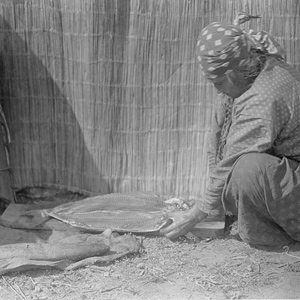

As documented by Edward Curtis
Photographer Edward Curtis himself described the processes pictured here. “In the preparation of this article of food the salmon was beheaded and gutted, and with a sharp knife the two halves were separated from the backbone and the skin.”
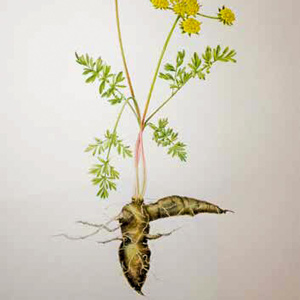

Columbia plateau biscuitroots: “one of the grateful vegetables” by naturalist Jack Nisbet. An Indian food source for thousands of years.
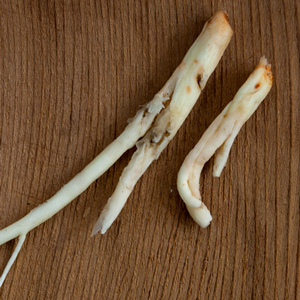

Lewis learned about three unfamiliar species of edible roots–a bushel of them altogether. The Shoshones who were encamped nearby helped him sort them out, and told him how they were customarily prepared.
Indigenous Forestry
by Joseph A. Mussulman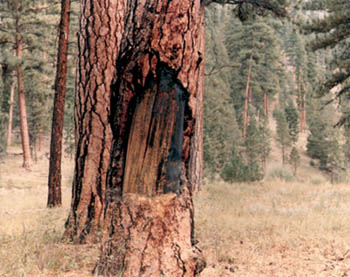
Archaeological evidence indicates that deliberate burning of forests and fields has been occurring on the North American continent for at least the past 10,000 to 20,000 years.
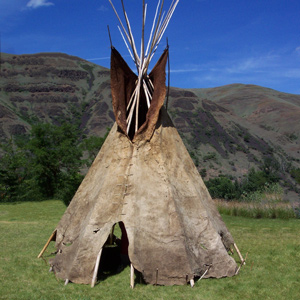
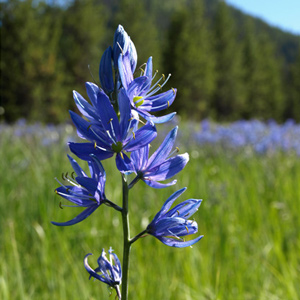

William Clark, pushing on in advance of the hungry men of the Corps, came upon two adjacent Indian villages totaling about 30 lodges on Weippe Prairie. They gave him and his six hunters “roots in different States, Some round and much like an onion which they call quamash.”
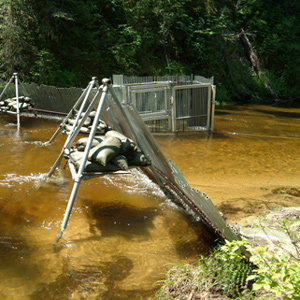

Salmon said, “When we come up the river we will die, so the human beings will have to catch us before that happens. I’ll come up only on certain times of the year and that’s when they’ll have to catch me.”
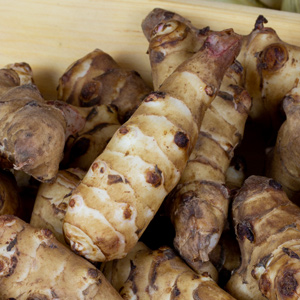

The French explorer Samuel de Champlain found the vegetable growing in Indian gardens along the Saint Lawrence seaway and carried specimens of it back to France in 1603, where its root soon became a staple food for humans.
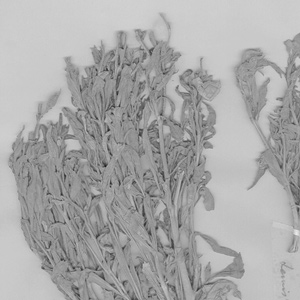

Lewis mentioned two species of tobacco, possibly Nicotiana quadrivalvis and N. rustica—a Mexican species called Aztec tobacco—that the Arikara cultivated.
Experience the Lewis and Clark Trail
The Lewis and Clark Trail Experience—our sister site at lewisandclark.travel—connects the world to people and places on the Lewis and Clark Trail.
Discover More
- The Lewis and Clark Expedition: Day by Day by Gary E. Moulton (University of Nebraska Press, 2018). The story in prose, 14 May 1804–23 September 1806.
- The Lewis and Clark Journals: An American Epic of Discovery (abridged) by Gary E. Moulton (University of Nebraska Press, 2003). Selected journal excerpts, 14 May 1804–23 September 1806.
- The Lewis and Clark Journals. by Gary E. Moulton (University of Nebraska Press, 1983–2001). The complete story in 13 volumes.


